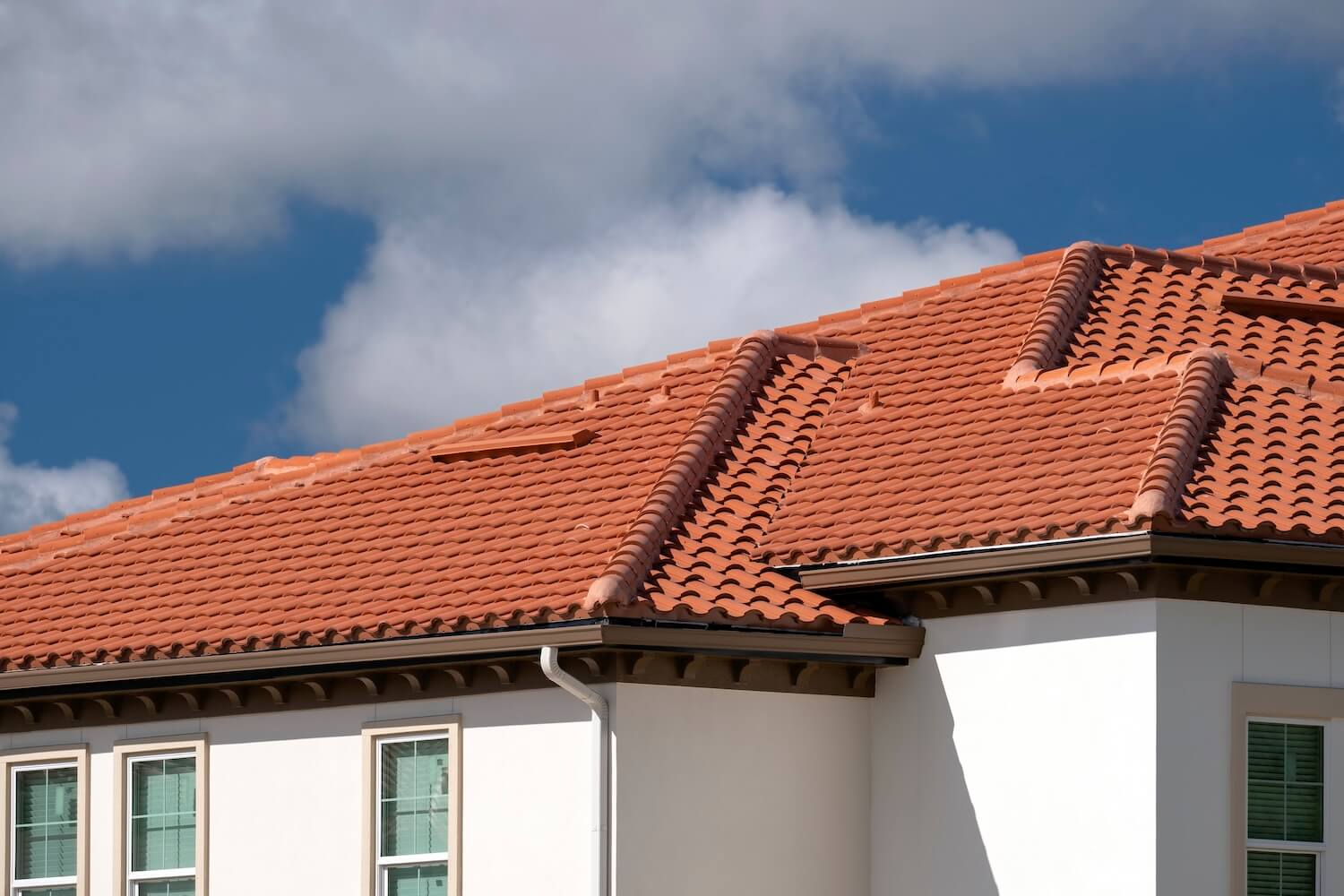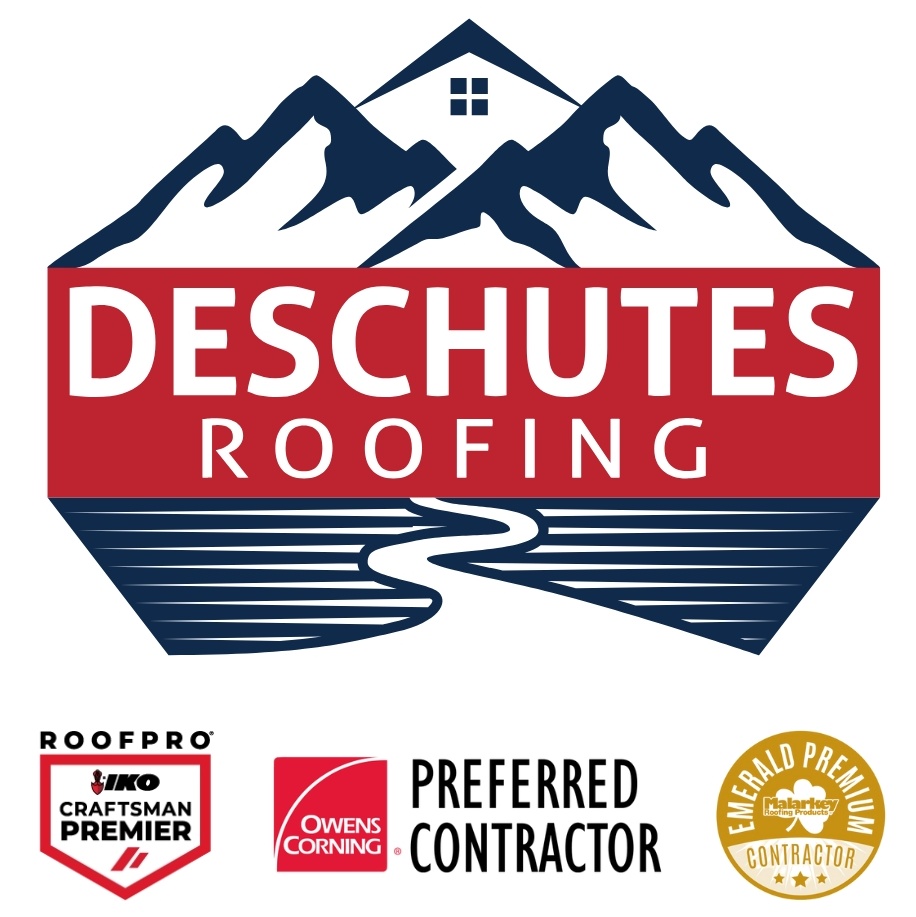As wildfire seasons grow longer and more intense due to climate change and urban sprawl into fire-prone areas, home and property owners are increasingly focused on one crucial area of defense: the roof. In many cases, it’s the roof, not the walls, landscaping, or even the proximity to flames, that determines whether a home survives a wildfire. Embers carried by wind can land on rooftops and smolder, igniting materials and leading to devastating losses. That’s why choosing a fire-resistant roofing material isn’t just a design decision—it’s a potentially life-saving one.
This article explores how different roofing materials hold up under wildfire conditions, with an in-depth comparison between two of the most effective fire-resistant options: metal roofing and concrete/cement-based roofing. Whether you’re building a new home or upgrading your existing roof, understanding these materials’ benefits, drawbacks, and performance in extreme heat is essential for safeguarding your home during wildfire season.

The Wildfire Threat: Why Roofing Matters
Wildfires are becoming increasingly destructive across many parts of the United States and around the world. Fueled by hotter, drier conditions and increased development in the wildland-urban interface (WUI)—where homes are built near or among flammable vegetation—these fires are more intense and more frequent than ever before. For homeowners in high-risk areas, preparation has become not just a seasonal checklist but a critical year-round priority.
While it’s common to focus on defensible space—clearing vegetation, trimming trees, and using fire-resistant landscaping—the roof of your home is one of the most vulnerable elements during a wildfire. Studies from organizations like the Insurance Institute for Business and Home Safety (IBHS) and the National Fire Protection Association (NFPA) consistently show that roofs are a primary ignition point when embers fall during wildfires.
Wind-driven embers, also known as firebrands, can travel over a mile ahead of the main fire front. These glowing particles can land on rooftops and in gutters filled with pine needles, dry leaves, or other combustible debris. If the roofing material is flammable—or if embers penetrate gaps between tiles or shingles—they can ignite the roof or the materials underneath, starting a structure fire even before flames reach the property.
Consider this: in many fire-damaged neighborhoods, homes with fire-resistant roofs have survived side-by-side with homes that burned to the ground. The difference often came down to roofing material and maintenance.
A home’s survivability during a wildfire is greatly increased when:
-
The roof is made of fire-resistant material
-
The assembly beneath the roof (such as decking and underlayment) is also non-combustible
-
The roof and gutters are kept clear of dry debris
-
Embers cannot penetrate vents, ridgelines, or gaps in roofing
In wildfire science, this concept is known as “home hardening.” Roofing is the cornerstone of this approach.
That’s why building codes in many wildfire-prone regions—like California, Colorado, and parts of Arizona and Texas—now mandate the use of Class A fire-rated roofing materials in new construction or when a roof is replaced. Even in places where it’s not yet the law, upgrading to a fire-resistant roof can mean the difference between returning to a home or returning to ashes.
It’s also worth noting that fire-resistant roofing can improve your home’s insurability. As wildfires become more costly, some insurance providers are reevaluating coverage in high-risk zones, and a Class A roof can lead to better premiums, reduced risk scores, and even continued eligibility for homeowners insurance.
In short, your roof isn’t just a shelter from the rain—it’s your home’s first line of defense against one of nature’s most destructive forces. Understanding how different materials perform under fire exposure and investing in the right roofing system is one of the smartest decisions a homeowner can make.
Option 1: Metal Roofing
Metal roofs are an increasingly popular option for homeowners in wildfire-prone areas due to their durability, longevity, and excellent fire resistance.
Fire Resistance
Metal roofs are inherently non-combustible. When embers land on a metal roof, there’s nothing to ignite. Most metal roofing systems achieve a Class A fire rating when installed with appropriate underlayment. This rating is based on their resistance to flame spread, heat penetration, and the ability to withstand burning embers.
One key point: it’s not just the metal that matters—it’s the full assembly. A metal roof on top of flammable decking or underlayment could reduce fire resistance. That’s why installation by professionals who understand local fire codes is essential.
Durability & Longevity
Metal roofs can last 40 to 70 years with proper maintenance. They’re resistant not only to fire but also to hail, high winds, and rot. This makes them an all-around smart investment for homes facing multiple climate threats, not just wildfires.
Aesthetic Variety
Gone are the days when metal roofs only came in shiny silver. Modern metal roofing comes in various styles—standing seam panels, metal shingles, and tiles—that can mimic the look of slate, clay, or even wood shakes. Homeowners don’t have to sacrifice style for safety.
Installation & Maintenance
Metal roofing installation is more complex than asphalt shingles. Panels must be carefully sealed and fastened to prevent gaps that could admit wind-driven embers. Additionally, metal can expand and contract with temperature changes, so proper spacing and fastening systems are important.
Maintenance needs are minimal. Clearing debris from valleys and gutters and checking for panel corrosion or damage is usually sufficient.
Cost Considerations
Metal roofs tend to be more expensive than asphalt shingles, ranging from $9 to $15 per square foot installed. However, when you factor in their lifespan and reduced maintenance needs, not to mention insurance discounts in wildfire zones, they often pay for themselves in the long term.
Pros:
-
Class A fire rating
-
Non-combustible and resistant to embers
-
Durable and long-lasting
-
Low maintenance
-
Can mimic other materials aesthetically
Cons:
-
Higher upfront cost
-
Noisy in rain or hail unless insulation is added
-
Requires professional installation
Option 2: Concrete & Cement-Based Roofing
Cement-based roofing options—such as concrete tiles, fiber-cement shingles, or composite cement panels—offer another outstanding Class A fire-resistant alternative. Their strength, weight, and fireproof nature make them ideal for wildfire defense.
Fire Resistance
Concrete and cement products are naturally non-combustible. Like metal, they do not ignite when exposed to flying embers or direct flames. In fire testing, they perform extremely well under sustained heat, maintaining their integrity even after extended exposure.
Concrete tile roofs have been used for decades in fire-prone regions like Southern California. Their density and thickness help block heat penetration, providing an added layer of thermal protection to the structure beneath.
Durability & Longevity
Concrete roofs are extremely durable and can last 50 to 100 years when maintained properly. They’re resistant to rot, insects, hail, and UV degradation.
However, they are also heavier than other roofing materials, which can place significant stress on your home’s structural frame. If you’re retrofitting an older home, you may need structural reinforcement to support the weight of concrete tiles.
Aesthetic Options
Cement and concrete roofs can be manufactured to mimic clay tiles, slate, or traditional wood shingles. They’re available in various colors, shapes, and finishes, offering flexible design options.
Installation & Maintenance
Installation of concrete tiles is labor-intensive and must be done by experienced professionals to ensure proper spacing, fastening, and weather sealing. It’s also critical to install fire-rated underlayment and proper edge details to prevent ember intrusion.
Maintenance involves regular inspection for cracked or broken tiles, which can occur from impact (like tree branches or foot traffic). Debris should be cleared regularly from roof valleys and gutters to avoid water damage and ember accumulation.
Cost Considerations
Concrete roofing typically costs between $10 and $20 per square foot installed, depending on tile design and home layout. While this is a premium option, its lifespan and fire protection benefits are unmatched.
Pros:
-
Naturally fireproof with a Class A rating
-
Long-lasting and low chemical maintenance
-
Excellent heat resistance
-
Attractive design choices
Cons:
-
Heavy; may require structural upgrades
-
Higher initial cost
-
Brittle under direct impact
-
Requires skilled installation
Metal vs. Concrete: Which Fire-Resistant Roof Is Right for You?
Let’s compare the two head-to-head across key categories:
| Feature | Metal Roofing | Cement-Based Roofing |
|---|---|---|
| Fire Resistance | Class A; non-combustible | Class A; non-combustible |
| Lifespan | 40–70 years | 50–100 years |
| Cost (Installed) | $9–$15 per sq. ft. | $10–$20 per sq. ft. |
| Weight | Lightweight | Heavy |
| Installation Complexity | Moderate | High |
| Maintenance | Low | Moderate |
| Aesthetic Options | Modern, sleek, or traditional | Rustic, Mediterranean, or slate |
| Insurance Discounts | Common in wildfire zones | Common in wildfire zones |
| Retrofitting Feasibility | Good for most structures | May need structural upgrades |
Wildfire Preparedness Beyond Roofing
While your roof plays a critical role in wildfire resilience, it’s not the only component that matters. A holistic fire-preparedness plan includes:
-
Ember-Resistant Vents: Upgrade attic and crawlspace vents to ember-resistant models.
-
Class A Underlayment: Choose a fire-resistant barrier under the roofing material.
-
Gutter Guards: Install metal guards to prevent buildup of dry debris.
-
Defensible Space: Clear a 30-ft zone of combustible vegetation around your home.
-
Fire-Resistant Siding & Decking: Complement your roof with ignition-resistant siding materials.
-
Regular Maintenance: Remove leaves, pine needles, and debris from the roof and gutters.
In wildfire-prone regions, some insurance companies may also require specific roofing standards for coverage. Be sure to check local regulations and speak with your insurance provider to maximize protection and minimize premiums.
Final Thoughts: Safety First, Aesthetic Second
Both metal and concrete roofs offer unparalleled fire resistance and are among the best options for protecting homes during wildfire season. Choosing between them comes down to your specific needs, structural constraints, budget, and aesthetic preferences.
Metal roofs are ideal for those seeking lightweight, modern solutions with long-term savings and minimal upkeep. Cement-based roofs, while heavier and more expensive upfront, provide a traditional appearance and unmatched durability for those with the necessary structural support.
Investing in a fire-resistant roof is one of the most critical steps you can take to protect your home, your family, and your community. Wildfires are no longer rare events—they are part of a new climate reality. Being prepared is no longer optional. It’s essential.
Need Help Choosing the Right Roof?
Whether you’re planning a new build or replacing your current roofing system, consult a licensed roofing contractor experienced in fire-rated materials. Look for installers familiar with local wildfire codes, roofing assembly ratings, and insurance documentation. Proper installation is just as important as the material itself.
With the right information and the right roofing system, you can face wildfire season with greater confidence—and a much better chance of staying safe.










